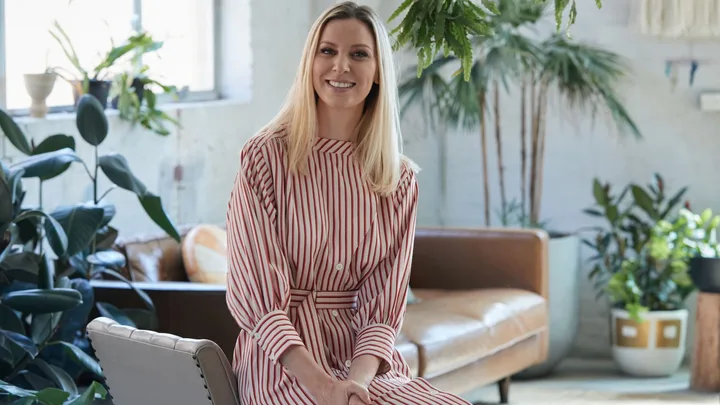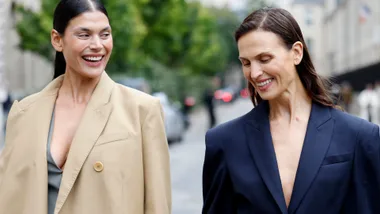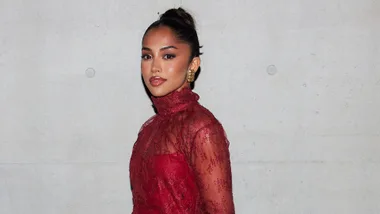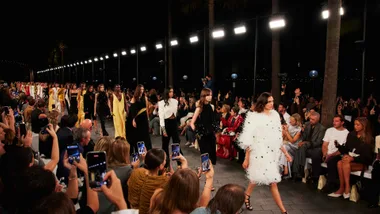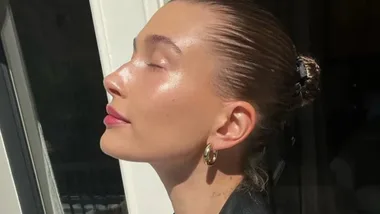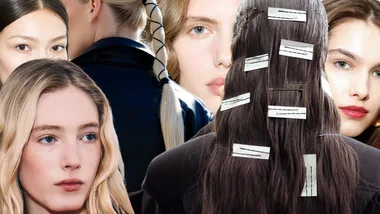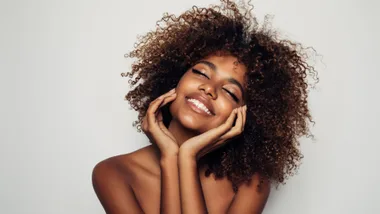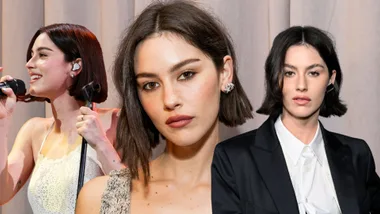The beauty landscape is evolving. We are seeing greater diversity, inclusivity, and authenticity from brands, influencers, and publishers alike, and we are here for it!
It’s a welcome evolution that celebrates real people, diverse body types, skin colour, and unique features—something we champion at marie claire Australia. And thankfully, the industry is increasingly celebrating individuality, too, fostering a more relatable and empowering vision of beauty.
Here, we speak to editor of marie claire Australia, Georgie Abay, who gets honest about her own beauty philosophy, why she avoids sun tanning, and the transformative mindset shift she recommends we all take.
How do you define beauty? How does it go beyond physical appearance?
I know I’m not alone when I say I’ve struggled with what beauty means over the years, especially as a teenager. Those teen years are so angst-filled, aren’t they? We’re presented with a very stereotypical picture of what beauty is and if you don’t fit into the box, a little voice keeps tapping you on the shoulder and telling you that you’re not good enough.
And now, we see beauty through a social media lens—everything we do is carefully curated and then the best parts, the highlights, are sent out to the world and in return, we seek validation. If we don’t get the validation we want, it impacts our self-worth. We wait for other people to tell us we’re beautiful, instead of telling ourselves.
It wasn’t until after I had children that I became more secure in who I am. I saw beauty as so much more than our physical appearance. Beauty was love, kindness, compassion, empathy… I still have moments where I wish I looked a different way—so does everyone! But I seek fulfillment from other things, not how I look.
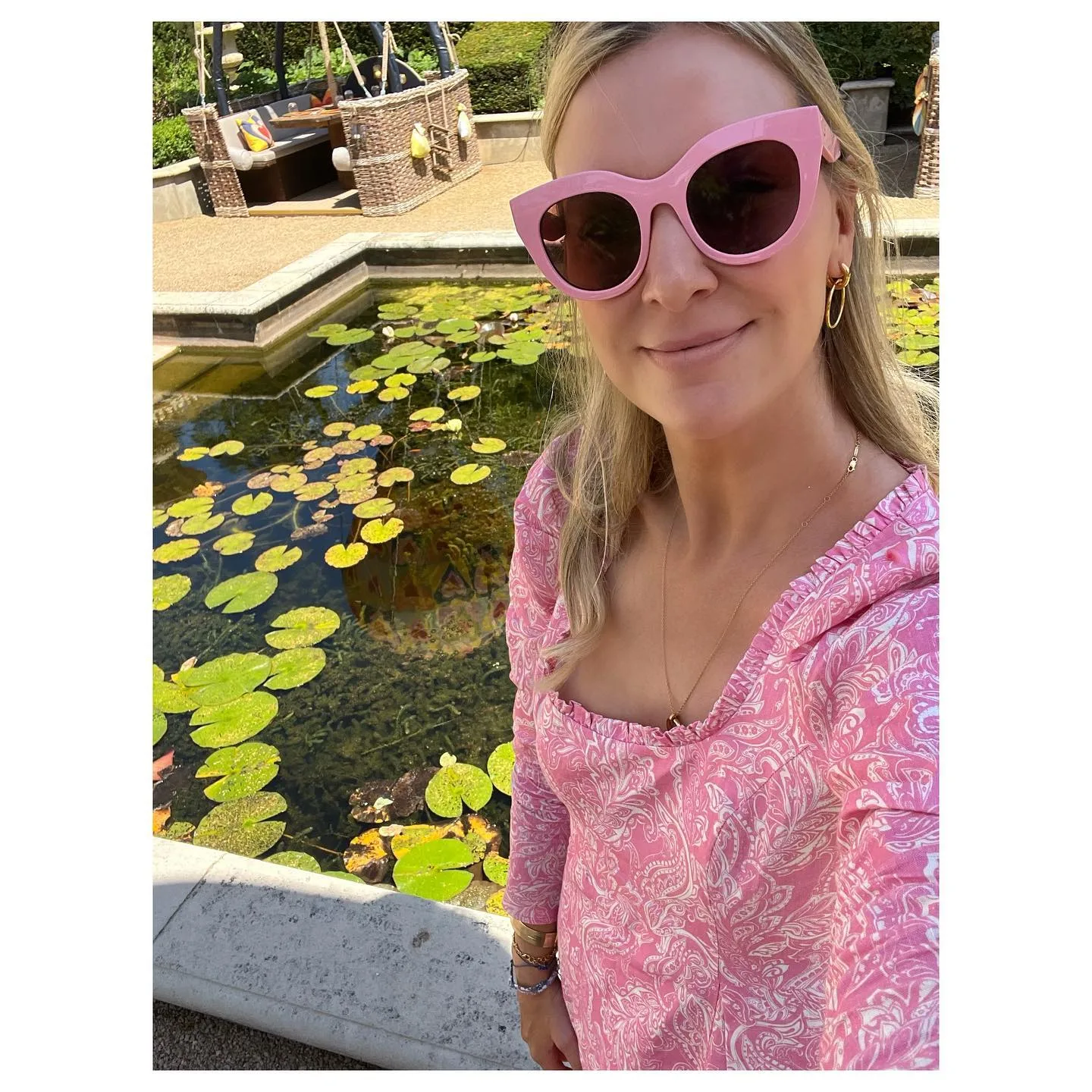
How do you think readers can embrace their natural beauty and skin?
At marie claire, we practice and promote a holistic approach to health, wellness and beauty, from our mindset, and body confidence and positivity, to beauty from the inside out, skincare, fitness and overall health. Body diversity, skin colour, inclusion and challenging outdated beauty myths is reflected in everything we do.
I’ve always had very pale skin and I quickly learnt that laying in the sun didn’t get me sun tanned, glowy skin. I’d be a bright shade of tomato within the hour. That ‘sun tanned skin = health’ myth was busted for me a very long time ago.
Causing preventable skin damage is the last thing any of us want. Even 15 minutes unprotected in the sun can start to damage your skin permanently, including cell damage that can lead to cancer. Sun tanning also accelerates the degrading of our skin’s elastin, leading to leathery skin, sunspots and mole growth. It’s counter-productive to make such a concerted, positive effort to look after ourselves and then cause skin and cell damage and ageing in minutes.
Skin protection was instilled in me early. My mum has always been so careful in the sun—she’s never without a hat and even wears gloves when she drives so the sun doesn’t hit the back of her hands. Needless to say, she looks much younger than her 70 years. If it’s a sunny day and I call her, she’ll ask if I’m wearing a hat. More often than not, I am. Or at least I’ll be covered up when outdoors, wearing UV protection sunnies, or hanging in the shade. And I’m never without SPF—even in winter.
For me, embracing your natural self in a holistic way that puts your mental and physical health first is a life-long journey. I feel more content as each year goes by. Getting older is a privilege, and with time, comes wisdom, and a healthier perspective.
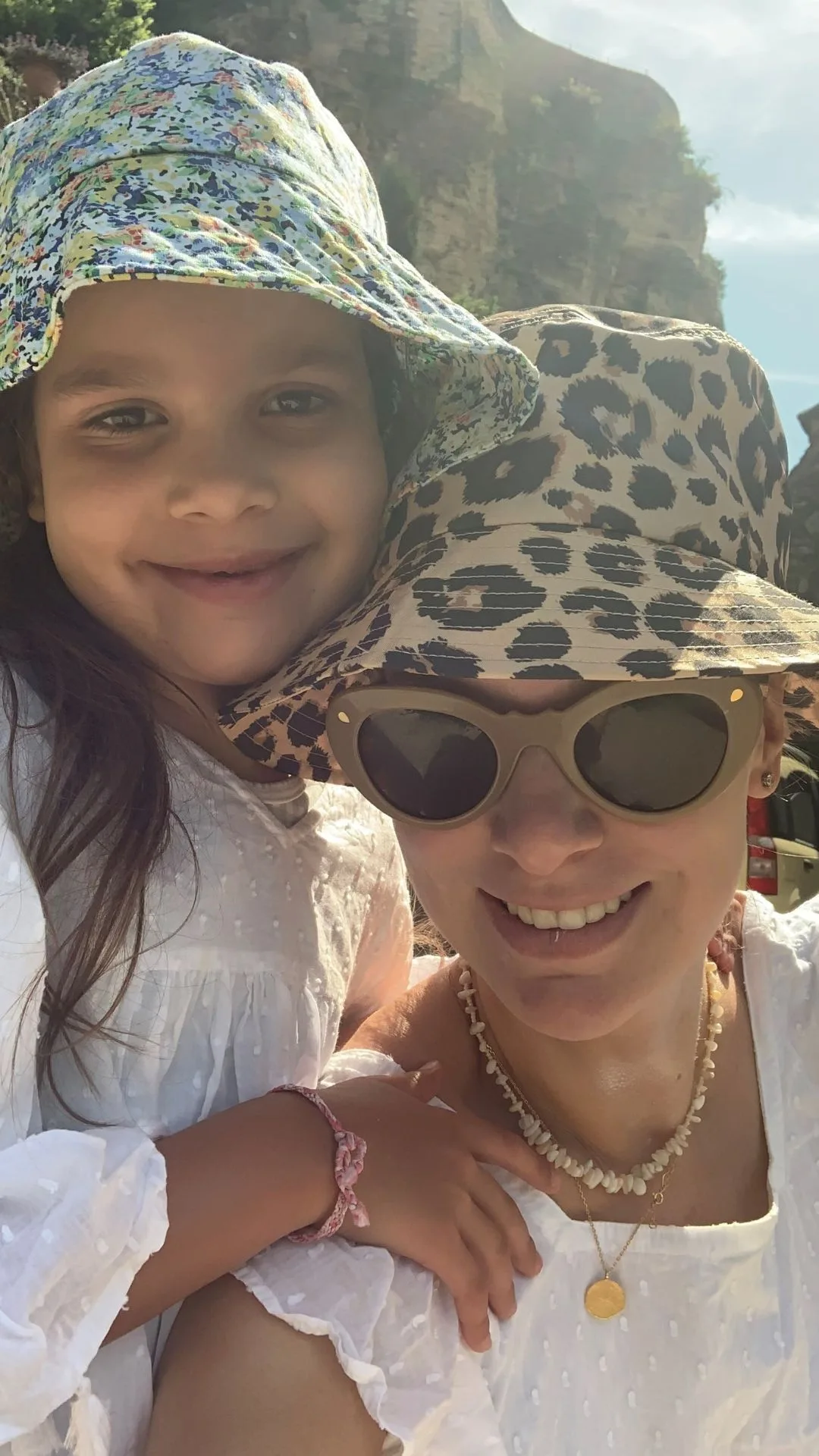
How do you stay informed about beauty trends? Who or what influences your beauty approach?
For me, I pick up on the trends that I care about. As I get older, I’m more focused on radiant skin. That means I protect my skin from the sun—and not just my face, but my whole body. I also wear very minimal makeup and focus on keeping my skin hydrated. I do love all the colourful nail trends I’m seeing—I just don’t have the patience to sit in a salon! And I do love dry body brushing (thank you, Gwyneth).
Do you have a personal beauty philosophy? How does your own mindset about beauty influence the content you curate for marie claire Australia?
SPF daily! It’s the most important part of a skincare regime. My mum really drilled this into me. And not just your face. Any part of your body exposed to the sun is susceptible to skin damage. Sun protection doesn’t just mean sunscreen. Rock a hat, and stylish sunglasses, as well as stand out fashion choices that cover your body, whilst saving your skin. Lightweight kaftans, natural fibres like linen, hemp and cotton in loose fitting breezy styles are my go-to summer style.
When you show yourself love, you feel better about yourself. A woman I used to work with told me she used to do a selfcare body ritual every Sunday—she’d dry body brush, then scrub, then moisturise. She had the softest skin. At marie claire Australia, we speak to women who want fuss-free beauty hacks—they want to get down to the nitty gritty of what works, and what doesn’t. Like our team, they are skincare-obsessed, and want our expert view on how to care for it.
What’s your approach to sun care?
You’ll never find me in the sun tanning. When I go to the beach for a swim, I’ll have a big hat, long-sleeved shirt and umbrella. I’ll make sure I’ve got plenty of SPF on my face and body and we never stay at the beach for too long. We also try to avoid the midday sun. Trips to the beach are either first thing in the morning or past 3pm.
The stark reality is that sun damage poses serious risks. Australia has one of the highest rates of skin cancer in the world, with around two out of three Australians facing a skin cancer diagnosis in their lifetime, so it’s time to shift our perception away from the notion that ‘sun tanned skin is beautiful’.
“When I go to the beach for a swim I have a big hat, shirt and umbrella.”
Georgie Abay
How do you approach diversity and inclusion in beauty representation? Do you actively seek to feature a diverse range of models and beauty standards?
As an editor, diversity and inclusion is everything. I have two girls who have Sri Lankan heritage and I still remember the day my eldest came home from school and told me someone had asked why her skin was brown.
For me, marie claire Australia is a brand which champions all women and is a platform for people to share their unique experiences. Wouldn’t it be boring if you opened up marie claire and everyone looked the same? Our diverse perspectives are what keep life interesting.
What is your stance on body positivity and promoting healthy body image? How does marie claire Australia contribute to challenging traditional beauty standards?
I wrote an entire book on body image because it’s something that impacts so many women. The first thing we tend to blame for our body image woes is social media. The addictive apps lure us in, trapping us in a tangled net of comparison. We see perfect bums and abs and thighs and pro-tanning influencers. Most of it is all tweaked and tuned, but it still hits us. We still think it’s real.
We see women in cute gym kits squatting and lunging and moving their toned bodies around. We also see body positivity advocates and we love them for being so real and showing us that bodies come in lots of shapes and sizes. ‘Thank you!’ we want to scream. But we keep scrolling, and there’s a perfect body again.
Eating disorders affect around four per cent of the Australian population—and approximately one million people in any given year. I don’t have the answers for how to solve our global body image dilemma. Because it is a global problem. I do know that diets don’t work. Deprivation sucks. Perfection doesn’t exist. And any plan to one day look like a model will fail (even models age).
We get one life—just one. No second chances. Letting go of all the pressure we put on our bodies is life changing. We’re lucky to have bodies that take us places every single day. Focus on what they can do, rather than what they look like.
“We love body positivity advocates for being so real and showing us that bodies come in lots of shapes and sizes.”
Georgie Abay
In the context of beauty as self-care and wellbeing, are there specific practices or rituals you prioritise?
I live in the countryside and commute to the city, so being home feels like self-care. We live by the bush and I love going on a hike with the dogs through the national park. If I’m really tired, I’ll go for an infrared sauna or get a massage. Or just sleep. Sleep really fixes everything. When life feels too much, it’s usually because I haven’t had enough sleep.
What advice would you give to readers about cultivating a positive beauty mindset?
It doesn’t matter if you’re four or 40, fulfilling relationships are the foundation of a happy life—and the key to a positive beauty mindset. And not just with other people, with ourselves. When you strip all the material possessions away and the bits of life that make you momentarily fulfilled, it’s human connection that makes you happy. Without it, life feels empty.
Stuff will fill a void, and I’ve been through phases of my life where I’ve tried to stuff down my sadness or anxiety by shopping, but it’s not lasting. I’ll buy and buy and buy, and then after the binge is over, all I feel is remorse. The stuff never fixes the problem because I never needed it, I wanted it momentarily and, in the end, it only leads to more overwhelm. Our jobs are important too (for one, they pay us), but they’re not what anyone talks about at our funeral. How we make people feel is what we remember. And THAT is what is truly beautiful.
Brought to you by Cancer Council and the Australian Government.
